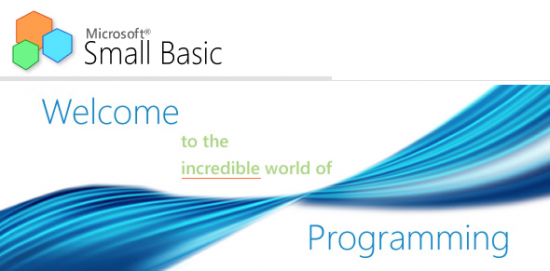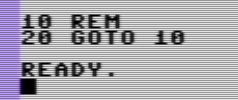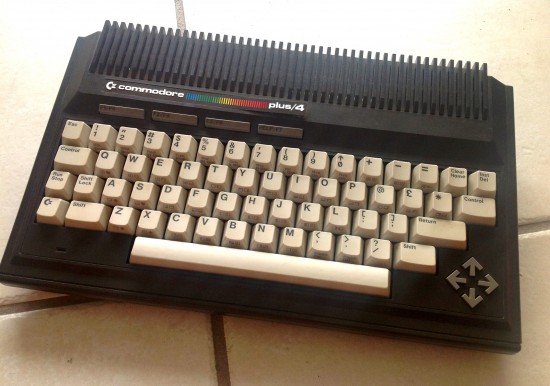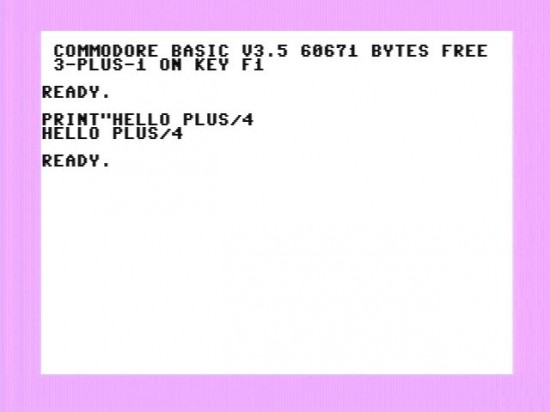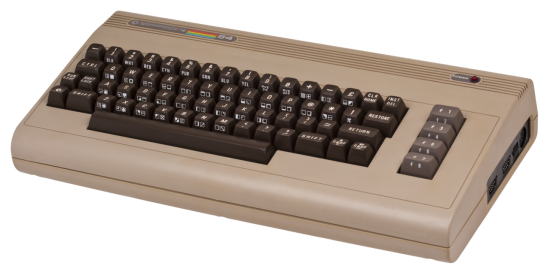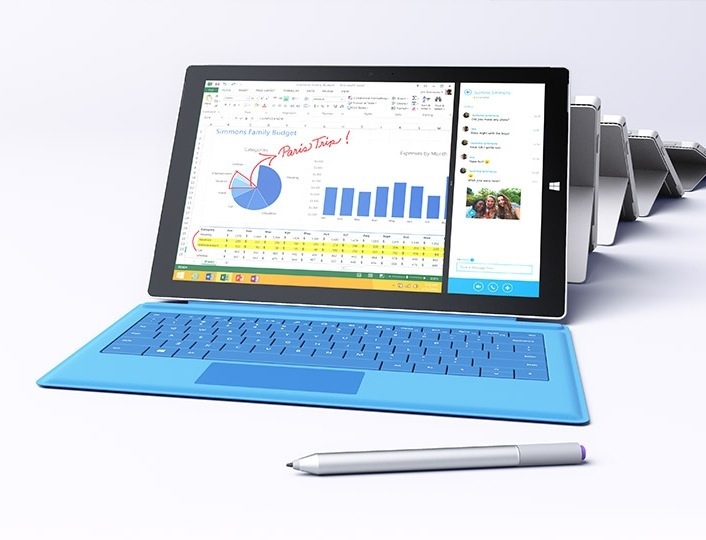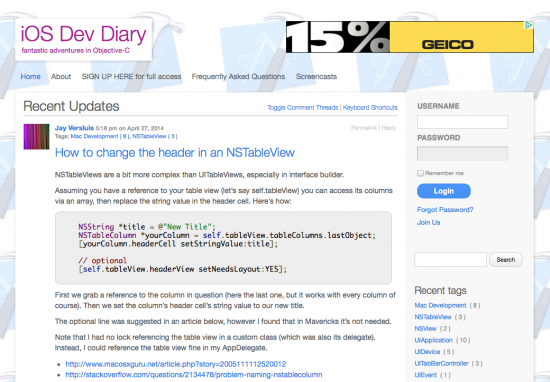I finally found out what the difference is between Machine Language, Assembly and Assembler – and how it fits in with Interpreters and Compilers. For those of you game enough, let me explain what these cryptic terms mean – and how they span computers from the early C64 to today’s high-end laptops.
Interpreters
Something that has plagued the early computers was their speed of how they executed things in BASIC – or rather the lack thereof. As nice as BASIC is, sifting through an array of variables can compare them with a known value does take some time.
That’s not BASIC’s fault though – it’s rather the way it is executed. You see, BASIC (on the C64 and his comrades) is an interpreted language. This means that while the computer is working, it’s translating the BASIC statements into something it can actually understand – which is of course not BASIC. All a computer really knows is if something’s ON or OFF. Computers are truly binary machines – no matter how old or how new they are. So if you tell them to PRINT “HELLO” then some translation work needs to happen for HELLO to appear on the screen – and that takes time.
That’s what an interpreter does: translate one language into another on the fly – much like people can listen in Spanish, and speak the same thing in English, for the benefit of an audience (usually not for their own pleasure).
The great thing about interpreted languages is that the source code always remains readable. As you can imagine, ultimately the interpreter will throw some ones and zeros at the computer. There’s no way you could make a change to that as it bears no resemblance to your source code.
One alternative to speeding up the programme in question would be to have the something like the interpreter to go to work BEFORE the programme is executed. Ahead of time, and in its own time. Then we could present the translated result to the computer right away, taking away the “on-the-fly” translation and saving some CPU power. I guess it won’t come as a big surprise that this is done frequently too: it’s called compiling, and a Compiler does such a job.
